If you’ve been following our blog series examining new tariffs and their impact on supply chain operations, my first post reviewed new tariff timelines and the potential impact on manufacturers and retailers. In the blogs that followed I covered the impacts on demand planning and inventory management and bucketed the strategic responses into a few key themes. Now, we’ll examine how businesses are tackling procurement and supplier management in response to the 2025 tariffs.
Tariff Impacts on Sourcing Strategies
In general, tariffs can significantly impact sourcing strategies. Here’s how:
- Increased Costs: When tariffs are imposed on certain goods or materials, the cost of sourcing those products increases. This can force companies to seek alternative suppliers or regions that are not affected by the tariff, potentially raising overall procurement costs.
- Supplier Shifts: Companies may shift their sourcing to countries or suppliers that are not subject to the new tariffs, leading to changes in supplier relationships and potentially causing supply chain disruptions or delays.
- Re-evaluation of Supply Chain Strategies: Tariffs can prompt companies to reconsider where they manufacture or source goods. They may look to local or regional sources to mitigate the impact of tariffs or explore nearshoring or reshoring options.
- Supply Chain Complexity: Tariffs can add complexity to sourcing decisions, requiring companies to constantly monitor changes in trade policies and adapt their strategies accordingly. This may involve rerouting goods or working with multiple suppliers in different regions.
- Long-Term Planning: Businesses may adjust their long-term sourcing strategies to avoid future tariffs, including exploring alternative materials or diversifying their supplier base.
Sourcing Strategies
To navigate these impacts, I’ve observed organizations employing new sourcing and procurement strategies that fall into four main clusters, each reflecting the evolving landscape of sourcing in supply chain dynamics:
Use Closer and More Local Suppliers (Reshoring)
Businesses are shifting to domestic production or sourcing from nearby countries with favorable trade agreements to avoid tariffs. With reshoring, manufacturers are bringing production or sourcing operations back to the company’s home country or regional markets to reduce dependency on foreign suppliers and avoid tariffs.
Asia+1 or China+1
Shifting some or all production from China to other countries in Asia or nearby regions to mitigate risks associated with China-specific tariffs and supply chain disruptions.
Renegotiating Lower Prices with Suppliers to Offset Tariffs
Working with suppliers to reduce costs or adjust pricing structures to mitigate the financial impact of tariffs. This can lead to pushback, as seen with Walmart’s failed attempt to pressure Chinese suppliers to lower prices.
Diversification
Expanding the supplier base to include multiple regions, ensuring less reliance on any single country or region, and lowering tariff exposure by sourcing from countries not subject to tariffs.

Sourcing and Procurement Shifts, by Strategic Theme
Examples of Sourcing Strategic Implementations by Theme
Below are examples of manufacturers and retailers implementing the four key approaches. As you review the list, ask yourself, ‘Which strategy is best for your organization?’ and ‘What data and analytics do we need for a data-driven answer?’
1. Use Closer and More Local Suppliers
Manufacturing:
- Rolls-Royce: To mitigate potential tariffs on imported parts, Rolls-Royce is enhancing manufacturing capabilities in the U.S., including facilities in Aiken, South Carolina, and Indianapolis, Indiana. Rolls-Royce explores shifting engine-making to US to counter Trump tariffs
- Hyundai: Responding to looming tariffs, Hyundai plans a $5.8 billion steel plant near Donaldsonville, Louisiana, aiming to create over 1,400 jobs and reduce reliance on overseas steel imports. Hyundai plans fresh $20 billion investment in US, including new Louisiana steel plant, as tariff threats loom
Retail:
- H&M: H&M is working to buy more of its clothes and accessories from suppliers closer to its key markets in Europe and the U.S. H&M speeds up shift to regional supply chains amid tariff threat
- Five Below: This discount retailer has been diversifying its sourcing strategies by establishing an office in India to explore alternative suppliers and reduce dependency on Chinese imports. Five Below says some prices will rise amid pinch from tariffs
2. Asia+1 or China+1 Strategy
Manufacturing:
- Hasboro: Hasboro reports it aims to decrease the proportion of its U.S. toy and game production sourced from China from 50% to below 40% over the next two years. To achieve this, Hasbro is expanding manufacturing operations in countries such as Vietnam and India. Hasbro and Mattel take steps to steer clear of China tariffs
- HP: HP will continue to shift production to other regions, and by the end of its fiscal year, 90% of its products for North America will be made outside of China HP says 90% of products for the U.S. will be made outside of China by October
- Lenovo: Lenovo is moving all PC manufacturing currently inside China over the next three years Lenovo joins growing China exodus as manufacturers flee US tariffs — OEM moving production lines to India
Retail:
- Costco: Despite tariff pressures, Costco continues to source products from China to ensure quality, even if it results in higher prices, reflecting a balance between cost and product standards. Costco makes controversial move to avoid high tariff costs
3. Renegotiating Lower Prices with Suppliers to Offset Tariffs
Retail:
- Walmart: Facing increased costs due to tariffs on aluminum and other imports, Walmart is negotiating with suppliers to manage price increases and exploring sourcing from alternative suppliers to maintain competitive pricing. China is turning up pressure on Walmart. That could mean higher prices for US customers
- Target: Similar to Walmart, Target is engaged in discussions with suppliers to address cost hikes resulting from tariffs, seeking to balance supplier needs with consumer pricing. Walmart and Target Wrangling With Suppliers Following Tariffs
- Costco: Without negotiated prices from suppliers, CEO, Ron Vachris, said Costco would consider modifying its international supply chain if tariffs result in significant price increases Costco is pressuring suppliers in mainland China to cut prices, FT reports
4. Diversification
Manufacturing:
- Nvidia: Nvidia is diversifying its suppliers by investing hundreds of billions of dollars to shift semiconductor manufacturing to the U.S. over the next four years, reducing reliance on Asian production facilities Nvidia will spend hundreds of billions on US manufacturing, says CEO
- Mattel: Barbie’s parent company is looking to diversify its production footprint in a bid to optimize costs and fulfillment operations. Mattel to shutter supplier plant in China this year
Retail:
- Lululemon: Lululemon is exploring shifting more of its supply chain to Vietnam, Indonesia, Malaysia, and Bangladesh. Lululemon is working to diversify its supply chain to Southeast Asia. Note, at the time this blog is being written, there is potential for new tariffs from Vietnam that would further expose Lululemon.
- Kroger: Kroger is identifying opportunities to diversify its sourcing base for other commodities. Kroger keeps eye on produce tariff exposure
These examples are just a subset of the sourcing and procurement responses already observed. They illustrate how companies are proactively adjusting their sourcing and procurement strategies to navigate the complexities introduced by tariffs, aiming to maintain competitiveness and supply chain resilience.
Data-Driven Sourcing Questions to Answer with Confidence
Below are some questions you should be able to answer quickly and confidently.
1. Cost Structure Impact
- How will the new tariffs affect our overall cost structure, especially for materials like steel, aluminum, and agricultural goods?
- What percentage of our products are sourced from regions affected by the tariffs, and what is the projected cost increase?
2. Supplier Impact
- Which suppliers are most vulnerable to the new tariffs, and how are they planning to mitigate their impact?
- How much of our supply chain depends on suppliers located in the countries or industries impacted by the tariffs?
3. Sourcing Strategy
- Can we shift sourcing to mitigate cost increases?
- What alternative sourcing options (domestic or international) can we explore to reduce our exposure to tariffed goods?
Analytics and Automation
Navigating the tariffs, whether they are in effect or announced, hinges on the ability to make fast, data-driven decisions in a constantly changing environment. This is where self-service analytics and automation come into play—empowering teams with the insights and agility needed to generate these quickly and accurately to enable smarter, faster sourcing decisions. Just ask Amway, who used Alteryx to automate all of their scorecards from a data perspective.

